
2 minute read
Magok lakepark
the sustainable city Magok lakepark
MAGOK LAKEPARK 2008
Advertisement
Type of project: Masterplan,Landscape design Project: Magok Lakepark Location: Seoul, Korea Status: Competition Handing over date of project: June, 2008 Client: Seoul Metropolitan Government Built up area: 1.170.000 m2 Project team: Nacho Toribio,Carmelo Zappulla with Esther Rovira, Massimo Tepedino, Cristian Suau, Phil Henshaw, Kevin Hong, Tudor Vlasceanu Collaborators: Marina Cella, Santiago Marresa, Young-soon AHN, Indre grybauskiene, Ji Yang Kim, Pedro Viana, Mara Norite, Matt Bell, Pedro Brandao Budget: 102.300.000 $
Beginning of the 21st century has already indicated the tremendous levels of change in urban Korea. Development with many external cultural influences has accelerated to the levels unseen before.
This raises a number of interrelated questions, such as: - How are urban parks in Korea changing? - What are the sustainable paths towards the development of an urban leisure space in Seoul: mixed use or urban disorder? - How can we identify and manifest Korean values into an urban waterfront? - What is the formation and attitude of a urban wetland? - How an urban wetland can become a park?
Our proposal is to form a territory of co-existence between nature and artificiality.
From its largest context as the first site of the Han River Renaissance Project to its desires to transform the area of Magok, a strong identity strategy is proposed through waterscapes, transport structures and building types.
Underlying the strategy and form throughout the site is the development of eco-formations. These creations of land manipulation both consider the requirements of promoting waterfront ecology with leisure and park amenities. They perform environmentally through water terracing and an informality of leisure space through a substantial wetlands network.
With so much transport and services infrastructures currently being implemented into the site, we looked to take a direct and pragmatic approach to utilizing the given networks. We acknowledge and highlight the importance of local, national and international transport links as fundamental in the design of such a strategic urban structure.
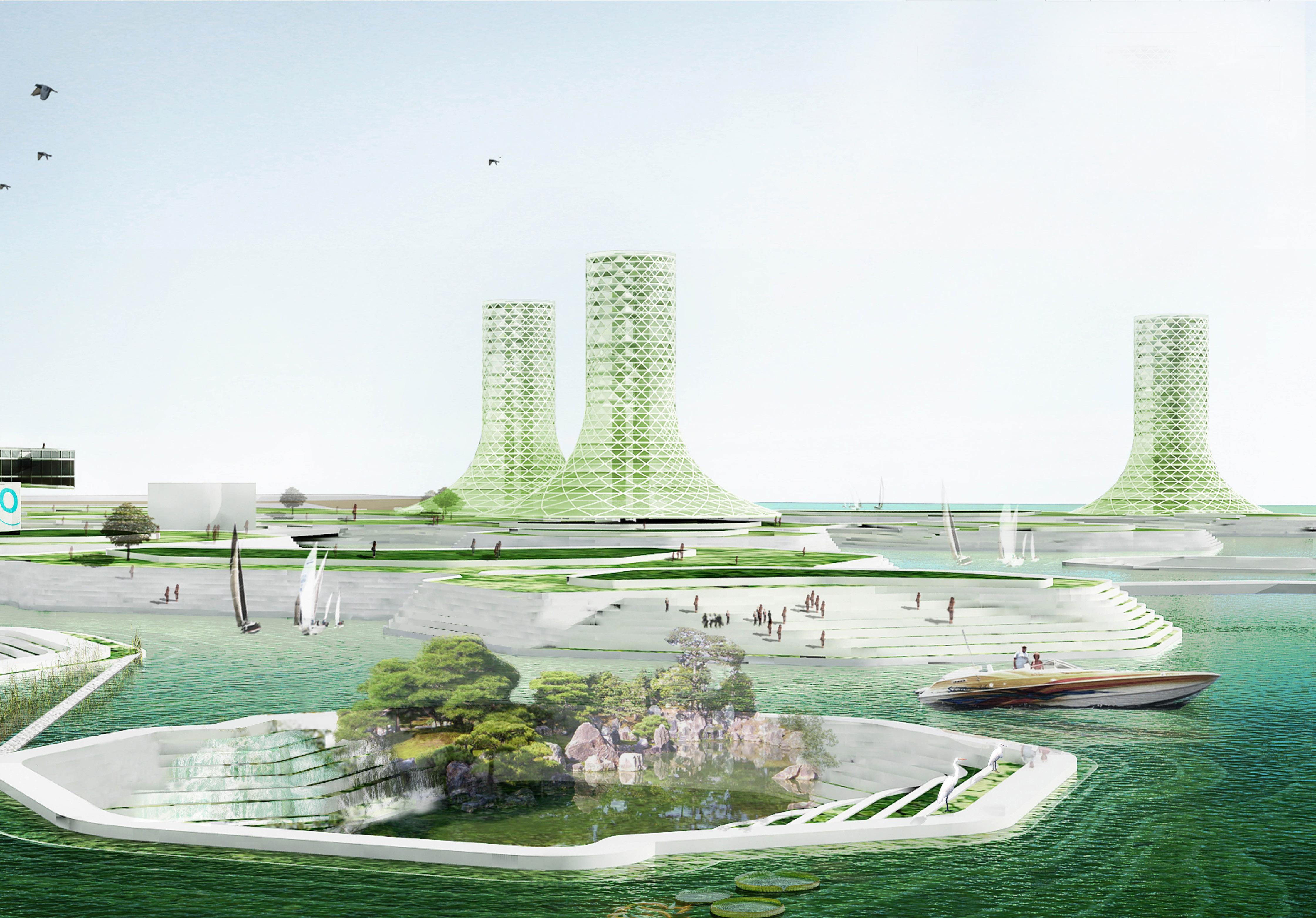

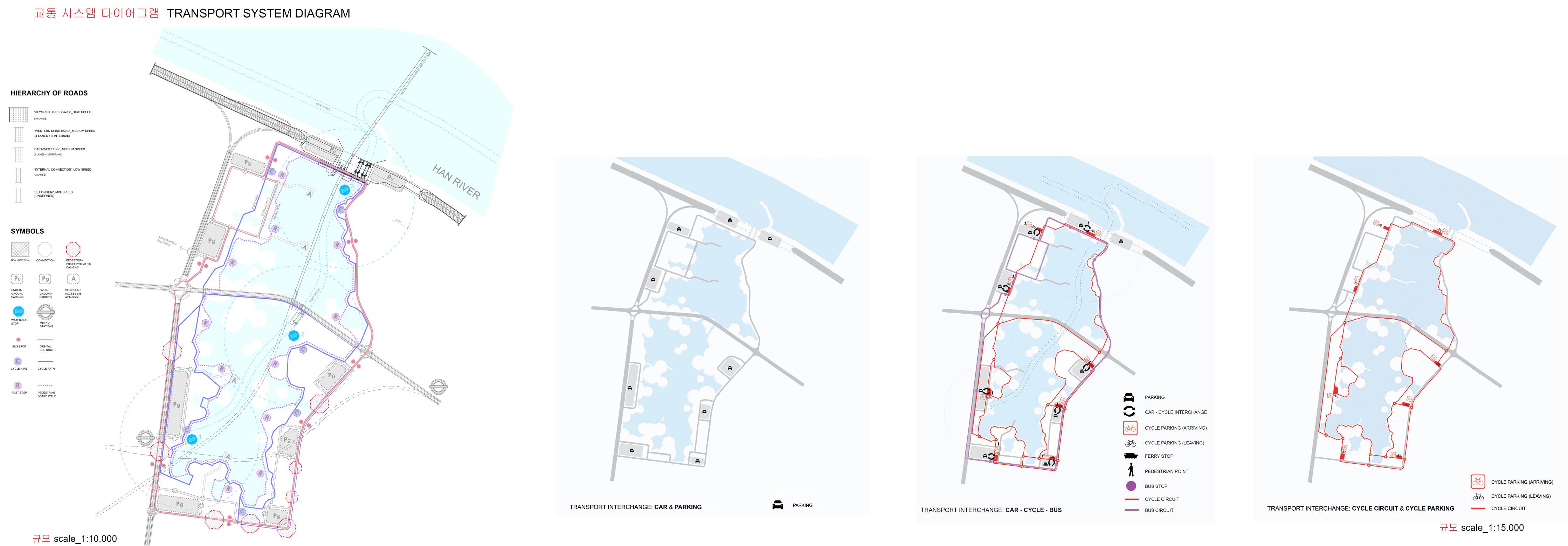


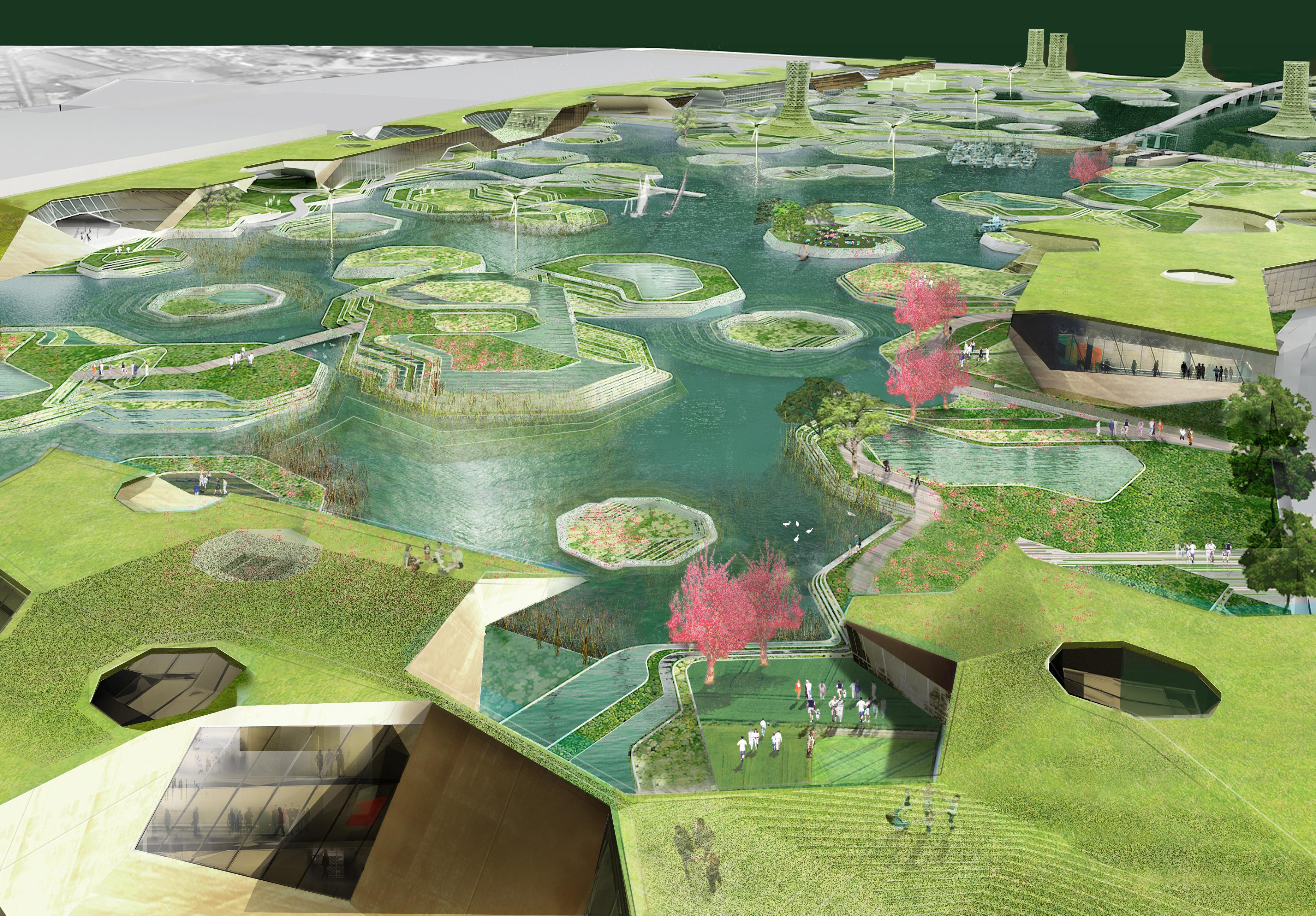
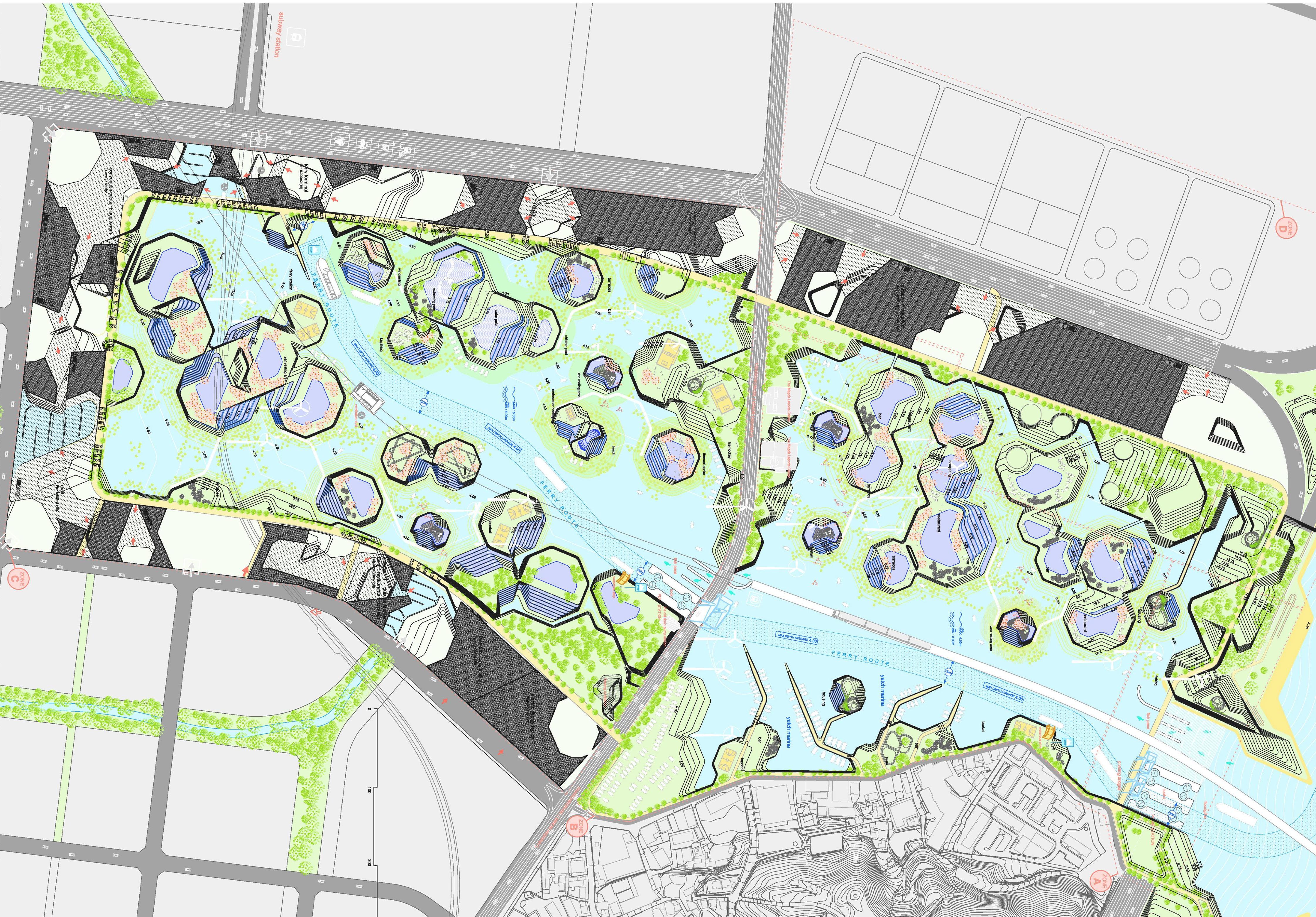
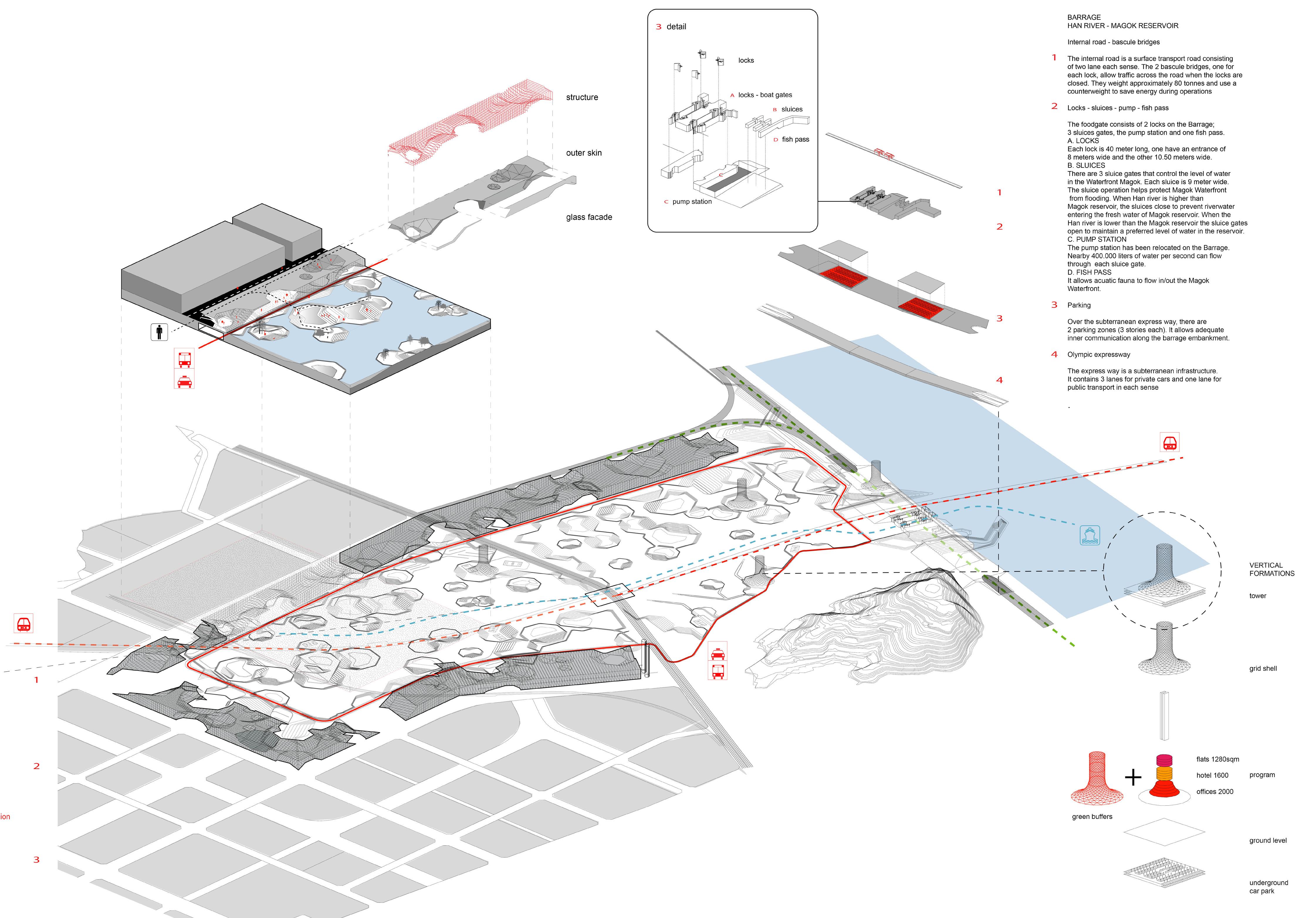
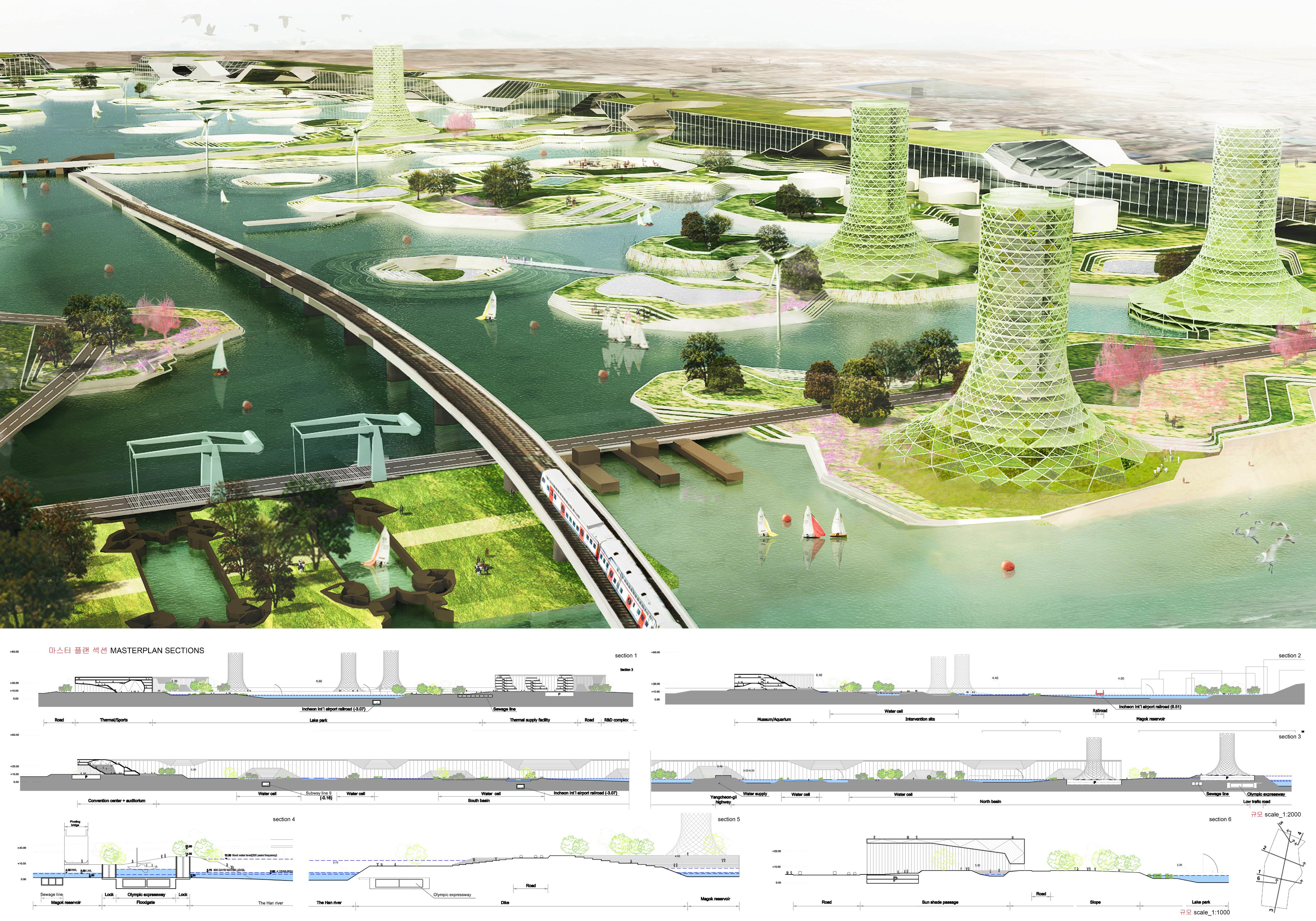
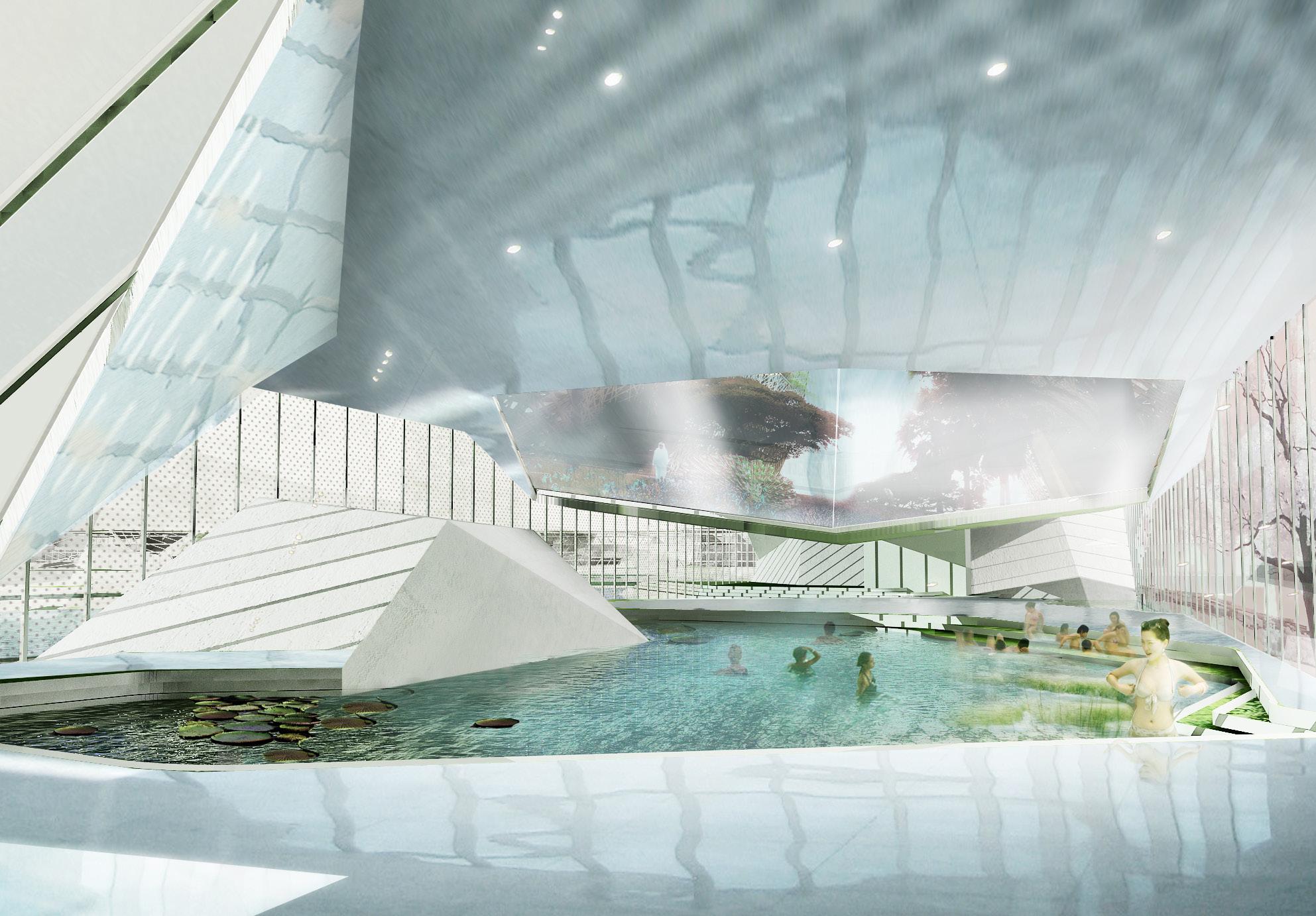
BARCELONA

External Reference Architects SCP
Nacho Toribio, Carmelo Zappulla
Europe Plaza Real 18, 2º 2ª 08023 Barcelona T. +34 93 318 86 01 nacho@externalreference.com carmelo@externalreference.com www.externalreference.com
Copyright © 2000-2012 external refeence architects. All rights reserved.







